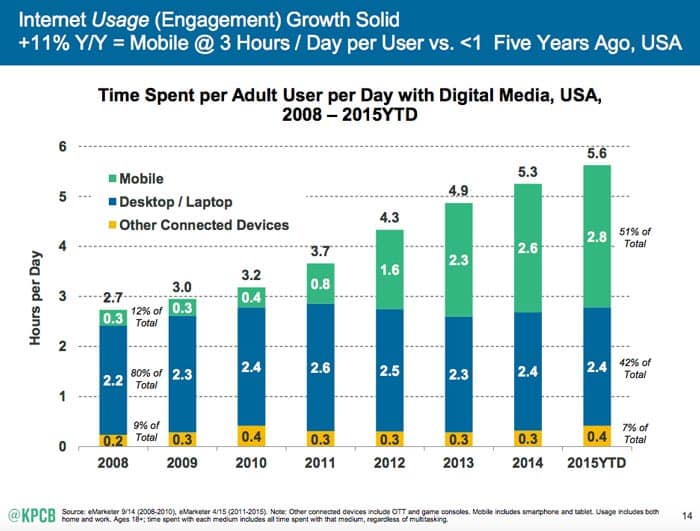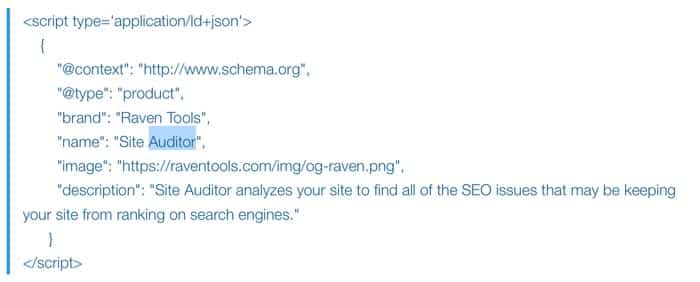Toward the end of 2014, Google caused chaos by announcing that, from 21st April 2015, it would introduce a change to its search algorithm that would penalise website that weren’t mobile friendly when showing mobile search results.
The change was swiftly named ‘Mobilegeddon’ and led to many companies rushing to change their websites to meet Googles new rules.
Well, a couple of weeks ago, Google let slip another announcement.
This time, they’ve said that Google will soon prioritise mobile websites as the primary source of information for their search index.
What does that mean?
Google works out who to show in search results by ‘spidering’ the Internet – following each link within a website and seeing where it leads and, as a result, building up a picture of the whole web.
Until now, Google has always done this by browsing around at the full version of websites. What Google is now saying is it will now also browse using a smartphone – and treat those results completely separately – using them as its primary source of information for decision making for the Google search index.
This is significant because some mobile versions of websites don’t include some of the pages on the main site, or they hide some sections of the page to make them easier to read on a phone.
Why ANOTHER algorithm change?
There’s a really good reason for this change. The percentage of people browsing the Internet on their mobiles has exploded over the last few years – to the point where most people now are browsing the Internet on their phones.

As it stands at the moment, it’s possible that users might see a snippet of content on a Google search results page, that might not be there when they actually click through to the mobile site.
By updating it’s index to look at and evaluate the quality of the mobile versions of websites, Google is basically looking to make sure that it’s search results reflect the needs of the majority of it’s users.
When is this going to happen?
Basically, this change has already started happening.
Google are testing the effects now and as they become more confident in things working as they want, they’ll start to roll it out more widely. They expect the whole process to take a few months.
What’s does this mean for me?
If you’ve got a responsive mobile friendly website where the markup is the same across the desktop and mobile versions (& if you’re a Curious client, this will be the case for you), you won’t need to change anything.
Google will likely see your site in exactly the same way, as it does now.
However, if you have a separate mobile site, that is different than your desktop site, then you should start to think about making changes to your website.
Very often, a separate mobile site will contain a subset of pages of the main site; it might hide certain bits of content – in particular sidebars that include additional links; or it could exclude some of the metadata – the technical information about the website that sits within the HTML.

In this case, you’re likely to find that over the next few months, the effectiveness of your website in attracting traffic from search engines, starts to reduce – particularly for those searching on mobiles.
If you do have a separate mobile site, the key things to focus on are making sure all content is available when browsing with a smartphone and that any structured markup is present on both the desktop and mobile versions.
If you find you need to make changes though, the most important thing is DON’T RUSH.
Google will continue to index desktop sites and it’s better to have a working desktop site than a broken or incomplete mobile version!
Is your website ready for a separate mobile index?
For advice on how to prepare your site for the change to Google’s index, or how we can help you better optimise your site for mobile, get in touch. Call us on 0330 010 9000, or just fill in this form.